Preparing for Natural Disasters in Japan
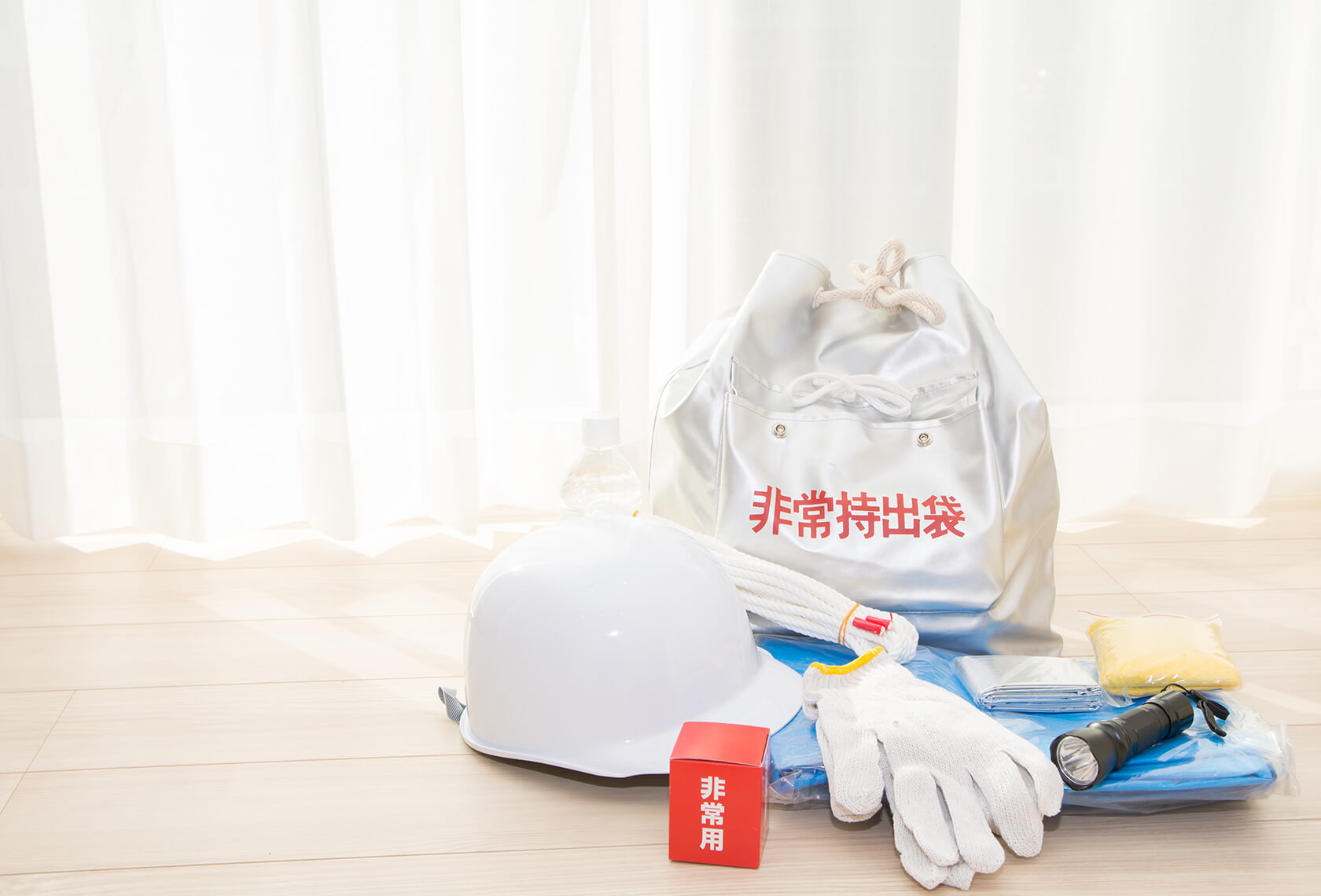
Natural disasters are inevitable. They can occur at any moment, at any place, and at any time. They incur damage in properties, injure people, and sometimes, take away lives. Natural disasters are experienced globally. Among all the regions in the world, Asia-Pacific nations experience the most natural disasters, and this includes Japan.
Japan is known as a country prone to natural disasters due to its topography. The country lies at the Circum-Pacific Belt, or most commonly known as the Pacific Ring of Fire. It sits atop four significant slabs of the earth’s tectonic plates. Because it’s near the Pacific Ocean, a number of seven to eight typhoons hit Japan in a year. Additionally, Japan’s coastline makes the country susceptible to flooding and tsunamis.
Japan’s topography may have had the country at a disadvantage when it comes to natural disasters, but it’s always prepared to countermeasure all calamities.
Table of contents
How to be Prepared for Floods, Landslides, Earthquakes and Typhoons in Japan

Japan has an overwhelming history when it comes to natural disasters. Because of its position on the map, the country is at a greater risk of natural disasters. Despite all this, Japan remains to be one of the most visited countries in the world.
Japanese people are known to be resilient in the face of a natural disaster. Every time a flood, landslide, earthquake, or typhoon hits the country, they manage to bounce back immediately. They have fostered a culture of unity and they help out each other in times of need to stand stronger. The country’s residents know where to go and what to do whenever a natural disaster hits.
If you are a first-time visitor, an exchange student, or a tourist, it is a must to know some preemptive countermeasures for every type of natural disaster that could hit Japan during your visit.
Typhoons in Japan

Typhoons, taifu in Japanese, are tropical depressions that take form in the North Pacific Ocean above the countries of South-Eastern Asia. This natural disaster loses momentum when it passes and falls on land. Typhoons are not new in Asia, especially in Japan. In fact, the country experienced heavy damage from previous storms that it faced.
Japan’s typhoon season ranges from May to December and peaks between August and September. Even in this season, it’s still safe to visit the country for their buildings have been restructured to withstand any natural calamity. Locals are also regularly updated by the Japan Meteorological Agency for warnings regarding the distance of a particular tropical depression or typhoon towards Japan.
As a tourist or first-timer in Japan, it is important to make your safety a priority. Before traveling to Japan, contact your airline first to check if you are scheduled to fly out during a typhoon and stay up-to-date with storm and weather tracking. In the event of a typhoon, there are manuals made by the local government in case of emergencies.
Refrain from using any means of transportation and stay indoors. The Japanese government suspends train and public vehicular operations to prevent damages and casualties. Stay away from beaches as floods or tsunamis can arise during a typhoon. Lastly, always make sure that you stock up on food items. Typhoons are one of the most destructive forces of nature, so it is best to prepare for them and remain safe.
Landslides in Japan

Landslides are natural disasters characterized by masses of rocks, earth, or debris moving down a slope. This type of natural disaster can be caused by other natural disasters such as typhoons and earthquakes. Since Japan has a mountainous terrain, landslides often happen during a storm or an earthquake. During the typhoon season, the occurrence of landslides in the country increases.
To prevent the danger and damage of landslides, the Japanese government made sure to conduct drills to spread awareness among their people. In the instance of a landslide occuring during your visit to Japan, be prepared, don’t panic, and concentrate on keeping your safety a priority. Familiarize yourself with your surroundings and be vigilant of the nearest emergency exits and evacuation centers. Avoid slopes and mountainous places like cliffs and hills. When on the road, it is best to stop a nearby site where landslides are less likely to happen.
Landslides are less predictable than typhoons, so study the area in which you will go and check for landslide warning signs. Whenever a typhoon hits, there’s a high chance that a landslide may occur. However, there is no need to worry because early warning systems are spread across Japan to help locals and visitors when and where to evacuate.
Floods in Japan

Flooding is one of the most unavoidable and destructive natural disasters. It is a natural event or occurrence where dry land suddenly gets submerged in water. A torrential downpour mostly causes flooding in Japan during storms. The areas that are usually affected by the flood are Japan’s major cities and areas near lakes and rivers. Because of this, the country’s local government improved Japan’s drainage systems by building concrete canals and drainage ditches. These canals and ditches divert water away from populated areas in the cities.
In such cases where flooding occurs, Japan has emergency exits and evacuation areas situated at different sites. It is best to keep calm, avoid crowded places, and head for higher ground. Also, do not drive during a flood occurrence. To be prepared, keep your personal files like passport, IDs, and important documents in a secured, sealed, and waterproof envelope. Lastly, always be on the lookout for the current situation and news updates during a flood.
Earthquakes in Japan
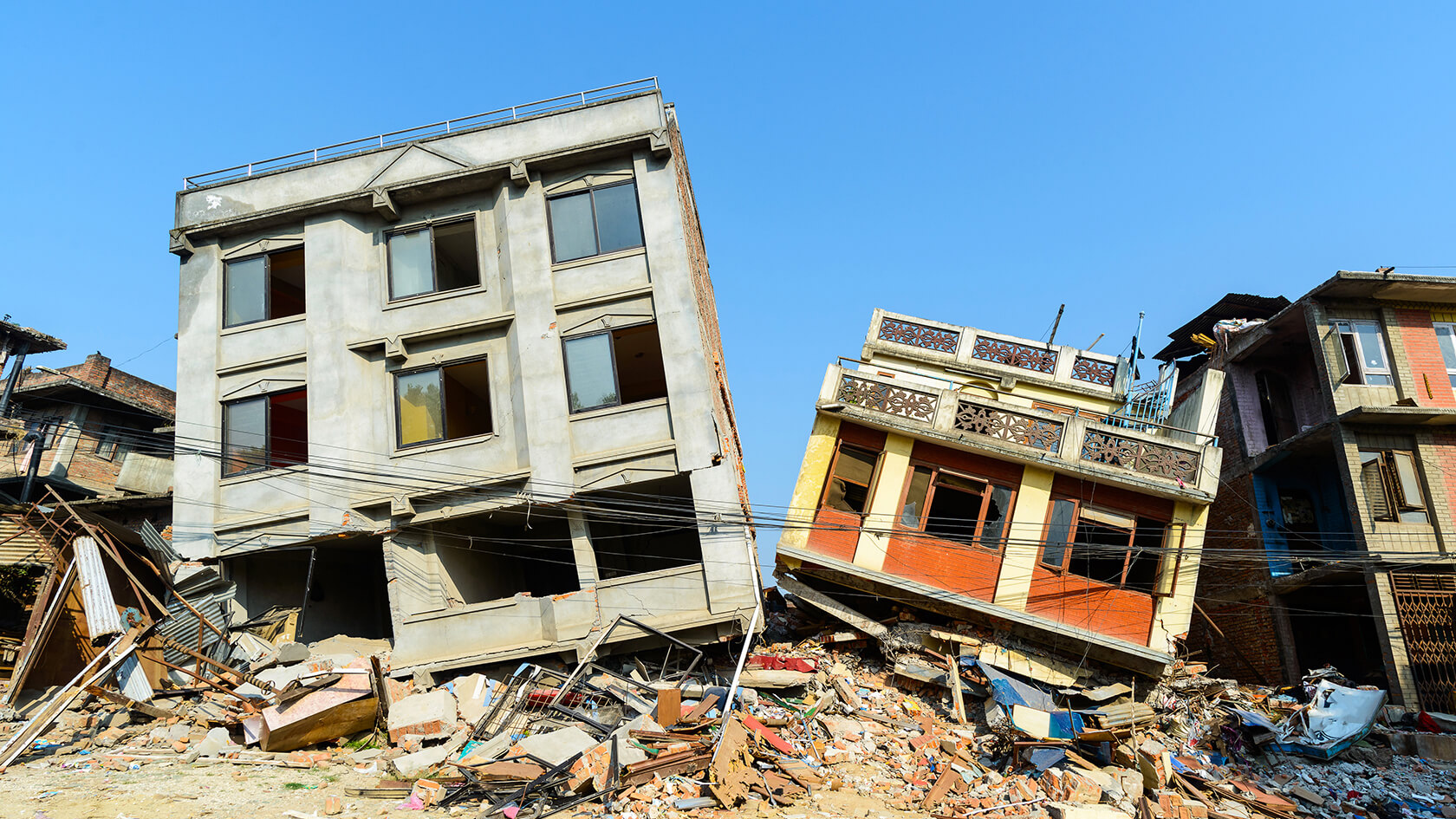
Out of all the natural disasters that hit Japan, earthquakes are the most unpredictable and unavoidable. It destroys infrastructures like houses, commercial buildings, and even roads. The country is very prone to earthquakes as it sits atop 4 vast slabs of tectonic plates. About 1500 earthquakes, minor and major tremors combined, strike the country every year. This makes earthquakes the most common natural disaster in Japan. A magnitude 6 to 9 earthquake in the country unleashes tsunamis that lead to further damages like landslides and flooding.
The Japanese government has issued stringent building codes for safety during earthquakes. Some properties were structurally rebuilt and secured to withstand tremors and aftershocks. The Japan Meteorological Agency also published some articles containing information about earthquakes and their impacts.
In the case of an earthquake occurrence, best be familiar with where you are and remember the nearest emergency exit. Never use an elevator and stay away from windows and buildings with glass fixtures. If you are outside, best stay in an open space and do not go inside any building. Do not run and panic. You need to keep calm and help out those who are struggling to walk, especially children and the elderly. Watch out for falling objects and lastly, keep track of updates for tsunami and landslide warnings.
Evacuation Centers

As a result of the Great East Japan Earthquake, evacuation centers are now spread out across just about every community in the country. Once evacuation orders are issued, it is best to head directly to the nearest evacuation center designated by the government. At present, there are about 3,000 evacuation sites in Tokyo, which includes school premises and public facilities.
The government is also constantly innovating new resources for people to use in times of calamities. These preparations were made by the government to ensure the safety of all the people, may it be locals or tourists, in Japan. Always familiarize yourself with the place that you’re in and go to the nearest evacuation site in case a natural disaster occurs.
Conclusion
Natural disasters are phenomena that you don’t get to control. Its occurrence may be difficult to predict, but you should always be resilient and prepared on what to do when it happens. If you are traveling to or already staying in Japan, it is best to familiarize yourself with the basics of natural disasters and know where the nearest evacuation centers are.
In addition, Japan’s government offices and fire departments often provide useful information in the form of pamphlets and manuals. These contain precautionary measures in the event of a natural disaster such as a typhoon or earthquake occurrence. The government encourages the people, locals and visitors, to read these materials whenever they get the chance.
This article serves as a guide on how to prepare yourself for a natural disaster that may hit Japan during your visit. Always remember to stay alert and research in advance before you travel.
Motto Japan, the community platform to support foreigners with the foundation for life in Japan, including Japanese study, job opportunities, and housing service. Motto Japan Media will provide a wide variety of information for Japanese fans all over the world, to create a cross-cultural environment and enrich the life of foreign residents in Japan!


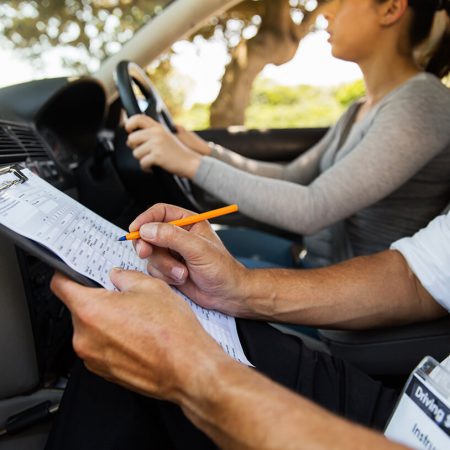
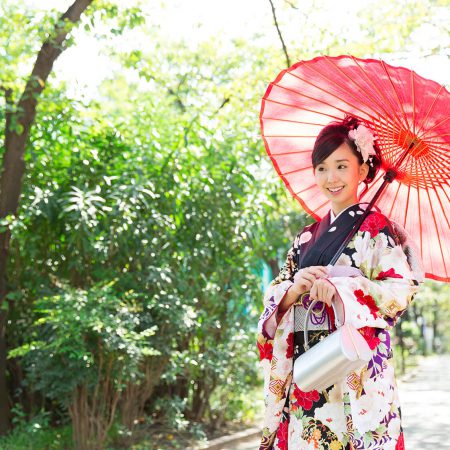
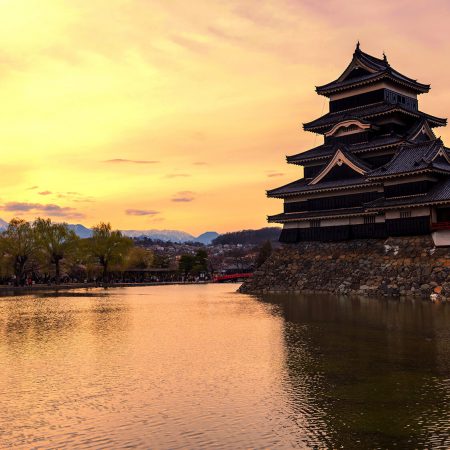

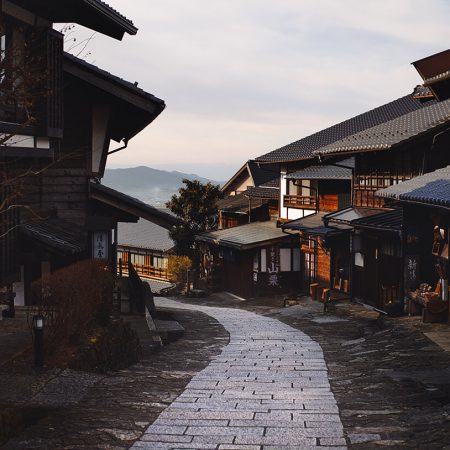
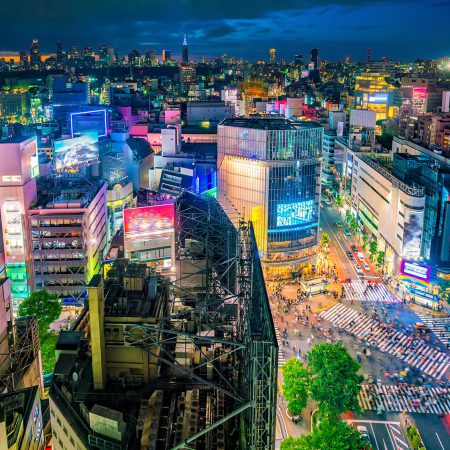


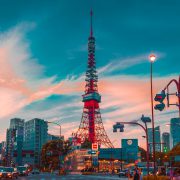


Leave a Reply